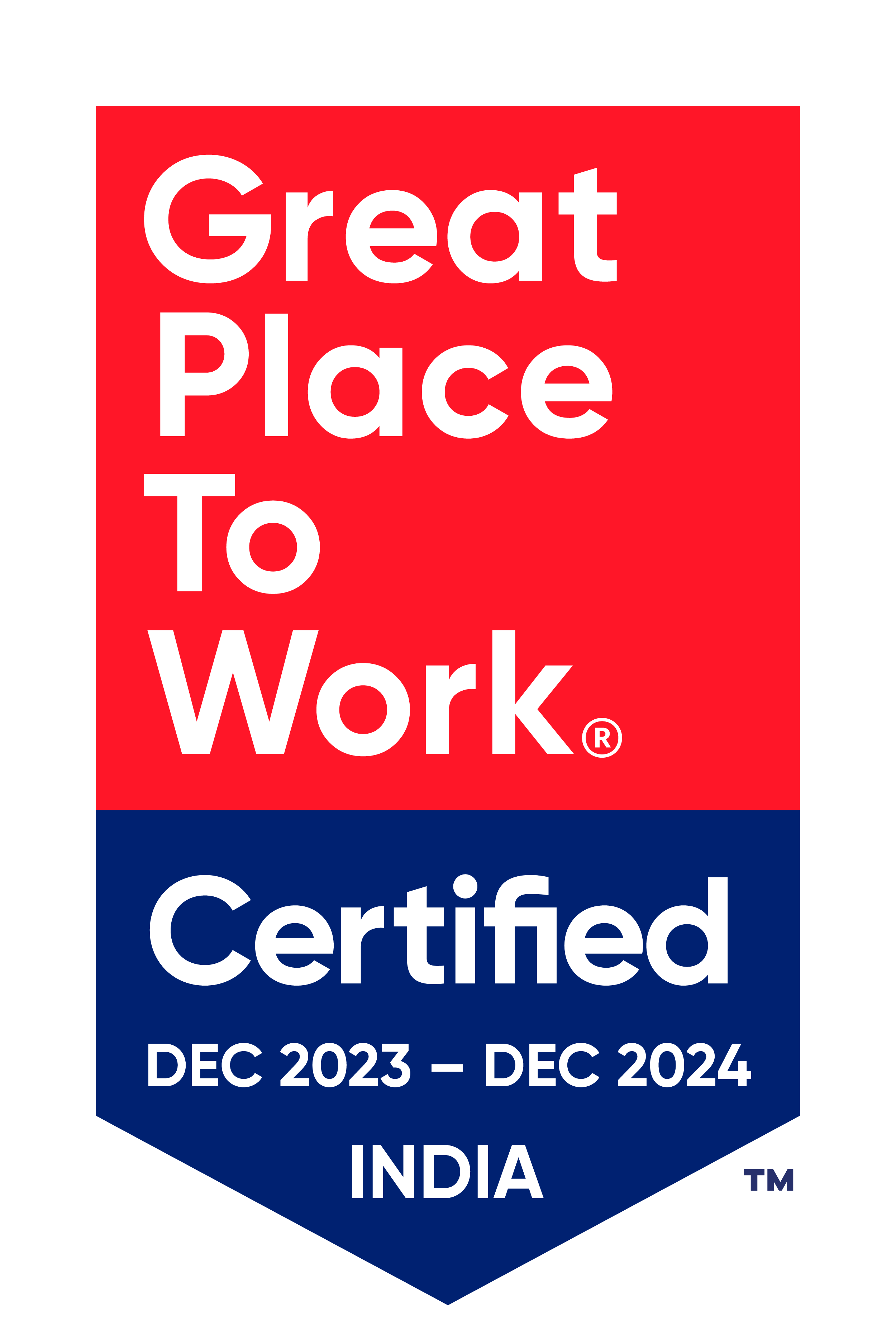Store Visualizer
Transform stores into efficient, customer-centric hubs

Store owners everywhere rely on good store performance for delivering a better customer experience. However, conventional methods of analyzing the day-to-day operations of stores are proving to be cumbersome in today’s fast-paced retail industry. Store owners lack the ability to forecast footfall trends and anticipate peak times, resulting in suboptimal resource allocation, overcrowding and longer wait times for customers.
Litmus7’s Store Visualizer, an automated business intelligence solution, empower retailers to optimize and streamline their businesses by providing crucial and accurate data.
Store Visualizer uses state-of-the-art computer vision algorithms to precisely analyze CCTV footage and provide detailed insights into customer demographics and foot traffic patterns inside stores. It ushers in a new era of efficiency and accuracy by doing away with labour-intensive and error-prone manual processes.
One of the main components of the solution is advanced computer vision analysis, which cleverly extracts vital information from CCTV video footage, including entry and exit footfall, consolidated footfall, popular zones and trends from the day before.
Key performance indicators
Busiest Hour
Hourly Footfall Trends
Male-to-female footfall ratio
Age group footfall distribution
Customer-to-staff footfall per section
Average customer time spent in each zone
Busiest Hour
Hourly Footfall Trends
Male-to-female footfall ratio
Age group footfall distribution
Customer-to-staff footfall per section
Average customer time spent in each zone
Additionally, the system generates visually appealing and illuminating analytics graphs that show hourly footfall trends, gender and age group footfall distributions, and hourly forecasts. These features enable store owners to deliver exceptional customer experiences by optimizing store layouts, enhancing operational efficiency, and making decisions based on data-driven insights.
Key Features

Automated computer vision analysis
Utilizes advanced CV algorithms to extract vital information from CCTV footage, providing accurate and detailed insights into customer demographics, footfall patterns, and popular zones within the store

Entry and exit footfall tracking
Tracks the number of customers entering and exiting the store, enabling the calculation of overall footfall and helping identify peak hours and periods of high customer activity

Key Performance Indicators
Calculates various KPIs, including the busiest hour, hourly footfall trends, male-to-female footfall ratio, age group footfall distribution, customer-to-staff footfall per section, and average customer time spent in each zone

Visual Analytics and Graphs
Visually appealing graphs showing footfall trends, gender and age group distribution, and hourly forecasts, enabling data-driven decision-making and store optimization

Store Layout Optimization
By analyzing footfall patterns and popular zones, the solution helps store owners optimize their store layouts, ensuring efficient customer flow, reducing congestion, and enhancing the overall shopping experience

Resource Allocation Planning
The forecasting capabilities of the solution enable store owners to proactively plan resource allocation planning, adjust staffing levels, inventory, and other resources based on anticipated footfall trends and customer demands
The automated computer vision analysis offered by this solution increases efficiency and reliability for store owners by getting rid of labor-intensive processes and lowering the possibility of human error. They are able to optimize store layouts in light of peak times, hot spots, and demographic trends because they gain in-depth insights into customer preferences and behavior. Store owners can adjust staffing levels, inventory, and other resources based on anticipated footfall trends by using forecasting capabilities to proactively plan their resource allocation. Managers are able to effectively handle crowding problems, queues, and changing customer demands thanks to real-time monitoring of footfall data.
Key Benefits
Data-driven decision-making based on detailed insights and KPIs, improving accuracy and informed decision-making
Real-time monitoring and responsiveness to address crowding, manage queues, and adapt to changing customer demands
Improved operational efficiency with automated analysis, reducing labor-intensive processes and human errors
Enhanced Customer experience through optimized store layouts resulting in enhanced satisfaction and loyalty
Proactive resource planning by forecasting footfall trends, optimizing staffing levels, inventory, and resource allocation
A new era of automation and data-driven decision-making
